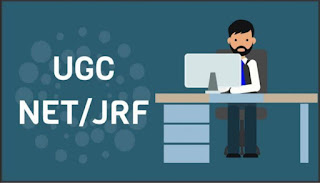ECONOMIC MODELS & REAL NUMBERS
Economic Models
Economic theory is an abstraction from real world
Economic model – deliberately simplified analytical framework – just a theoretical
framework
Mathematical model – includes set of equations
Variables, Constants and Parameters
Variable – magnitude can change – profit, revenue, cost, national income, consumption,
investment
Endogenous variables – solution values we seek form the model (market clearing value of
price or profit maximizing level of output)
Exogenous variables – variables determined by forces external to model
Tea and coffee (price of substitute) and price of complement (sugar) – preference and
number of buyers (exogenous)
Analysis of market determination of wheat price (variable price is endogenous) but it is
exogenous to theory of consumer expenditure
Constant – antithesis of variable and does not change
Constant with variable is known as coefficient of variable
Parameters – resemble exogenous variables (include in model) – like gasoline in demand of
automobile included in model
Equations and Identities
Definitional Equations –
Behavioral Equation -
Equilibrium constant
Definitional Equation – identity between two alternate expressions that have the exact
same meaning profit = revenue-cost
Behavioral equation – variable behaves in response to changes in other variables
C=75+10Q or C=110+Q^2
Equilibrium constant – model requires a prerequisite for attainment of equilibrium
Qd=Qs (demand = supply) – equation of market; saving=investment (equation of national
income model)
Real Numbers
Real – rational and irrational (non repeating and non terminating like pie= 3.1415)
Rational numbers include integers and fractions (p/q where q not equal to 0)
Only real numbers are continuous





